Workplace bias—whether conscious or unconscious—remains a significant challenge for organizations striving to foster diversity, equity, and inclusion (DEI). Bias undermines trust, lowers employee morale, and stifles innovation. For businesses to thrive in today’s competitive environment, addressing workplace bias is an ethical obligation and a strategic priority.
Recognize and Acknowledge Bias
The first step in managing bias is recognizing its existence. Bias, often shaped by societal conditioning, impacts hiring, performance evaluations, and team dynamics. Conduct workplace audits to identify disparities in hiring, promotions, and pay. Transparency in sharing these findings lays the foundation for meaningful change. Introduce mandatory unconscious bias training for all employees, particularly leaders and hiring managers, to enhance awareness and encourage self-reflection.
Implement Inclusive Hiring Practices
Bias frequently begins during recruitment. Organizations should review job descriptions, interview questions, and hiring criteria to eliminate language or practices that unintentionally exclude certain groups. Blind recruitment techniques—removing names and addresses from resumes—can reduce initial biases. Standardizing interview questions and employing diverse interview panels ensures fair assessments and equitable opportunities.
Invest in Leadership Training
Leadership plays a critical role in shaping organizational culture. Equip leaders with the tools to recognize and address bias through specialized training programs. Encourage open dialogue on diversity, privilege, and bias to advance cultural sensitivity and manage conflict effectively.
Create Safe Spaces for Dialogue
Inclusive workplaces allow employees to voice concerns without fear of retaliation. Establishing safe spaces for open discussions about experiences with bias promotes trust and collaboration. Initiatives such as employee resource groups (ERGs) and regular forums enable employees to share insights and propose solutions to enhance inclusivity.
Build Accountability into Policies
Policies must include accountability mechanisms to drive real change. Incorporate diversity and inclusion goals into leadership key performance indicators (KPIs). Regularly review hiring data, employee surveys, and workplace incidents to assess progress and identify areas for improvement.
Support Collaboration
Diverse teams are more innovative and productive. Encourage cross-departmental collaboration to expose employees to varied perspectives and reduce groupthink. Rotate team leadership roles to ensure equal opportunities for all employees to lead and contribute.
Establish Feedback Processes
Constructive feedback is essential for addressing bias and adopting growth. Implement anonymous feedback surveys. Encourage Allyship Leadership Allyship is critical to creating a respectful and inclusive and 360-degree evaluations to identify and mitigate bias in decision-making processes. These mechanisms create accountability while promoting self-improvement.
Leverage Technology
Technology can aid in identifying and addressing bias. Use AI-driven tools to analyze hiring practices, pay gaps, and employee feedback. Regularly review algorithms to ensure they remain free of inherent biases and enhance fairness across organizational processes.
Promote Continuous Learning
Bias awareness is an ongoing effort that requires sustained education. Provide employees continuous learning opportunities through workshops, guest speakers, and resources such as books, podcasts, and online courses. Encourage cultural competency and allyship as critical components of professional development.
Celebrate Inclusion Efforts
Recognizing and rewarding inclusive behaviours reinforces their importance. Celebrate employees and teams leading DEI initiatives, mentoring colleagues, or contributing to inclusive programs. Public acknowledgment creates a sense of belonging and motivates others to champion inclusivity.
Encourage Allyship
Allyship is critical to creating a respectful and inclusive workplace. Train employees to identify and address biased behaviours respectfully. Encourage allyship by amplifying the voices of underrepresented team members during meetings and decision-making processes, fostering a culture of mutual support.
Conduct Bias Assessments
Bias management requires continuous evaluation to track progress and identify new challenges. Use pulse surveys, anonymous feedback tools, and focus groups to gather employee input on workplace inclusivity. Share findings transparently and implement action plans to address concerns, ensuring sustained improvements.
Embrace Inclusive Management
Inclusive leadership is essential for embedding diversity and equity throughout an organization. Leaders must actively seek diverse perspectives and model behaviours that value inclusivity. Encourage leaders to practice active listening, ensuring all voices are heard and respected in decision-making. Regularly provide them with coaching and feedback on inclusive behaviours and empower them to mentor underrepresented employees. Besides setting an example, leaders can create a ripple effect that strengthens inclusion across all levels of the organization.
Amoy Lindo | Contributing Writer




















